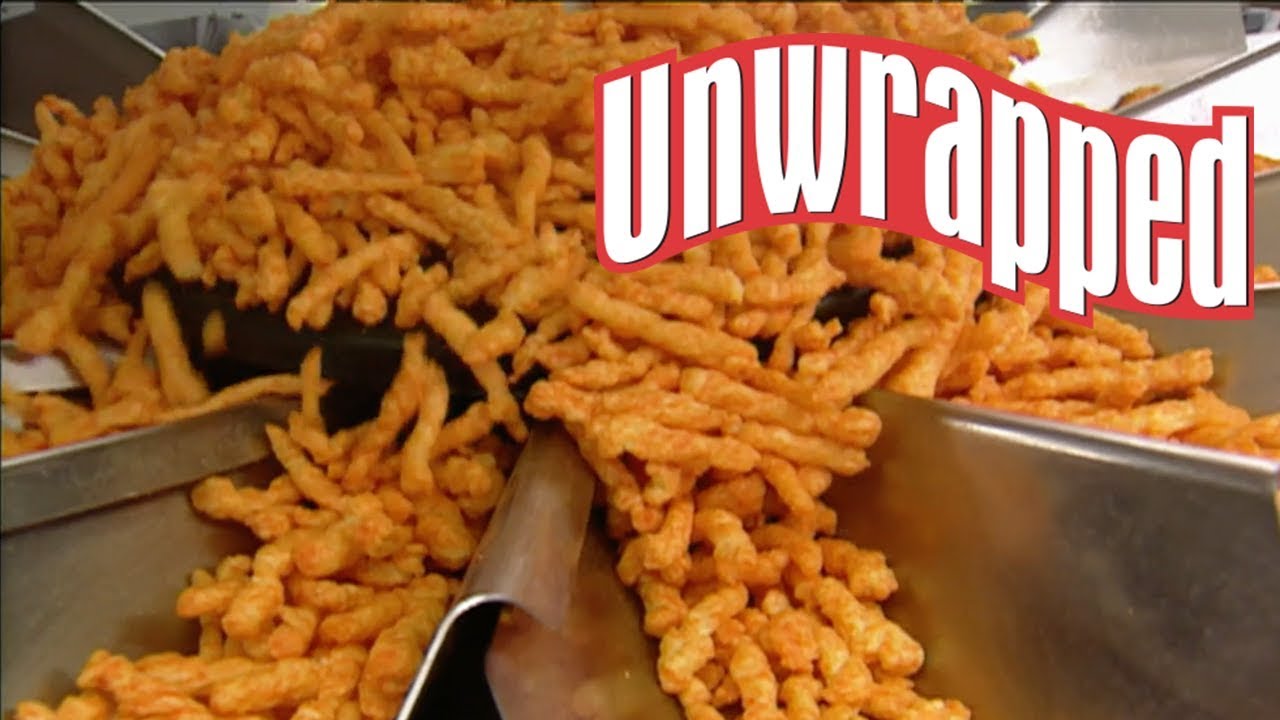A Comprehensive Guide to Understanding How Hot Chips Are Made
Hello there, dear parents! Every once in a while, your kiddos may come up to you with a surprising query, leaving you momentarily stumped. Today, let’s embark on a delightful journey and uncover the answer to one such question: ‘How are hot chips made?’ Whether it’s for a quick, fun lesson or to satisfy the budding curiosity of your tiny tots, mastering this hot topic can be umpteen fun!
The Basics of Chip-Making Process
Do you remember the good old fairy tales that involved magic pots transforming raw vegetables into steamy, lip-smacking delights? Well, the process of producing hot chips isn’t too far from this! There’s definitely a bit of magic involved, but it’s more related to perfect temperatures, meticulous slicing, and intense flavor infusion.
Starting Off with Good ol’ Potatoes
The transformation journey of hot chips begins deep within the earth’s crust with our all-star ingredient – potatoes. Ideally, chip manufacturers look for potatoes with high solids and low sugar content to prevent the chips from becoming too dark when cooked. They are dug up, loaded onto trucks, and transported, destination: chip factories!
Factory Magic: The Journey from Earth to Packet
At the factory, the innocent-looking potatoes are about to get a sizzling makeover. Intrigued already? Hang in there as we narrate the voyage for you!
1. Cleaning and Peeling
The potato cleansing duo, water, and brushes, do a spectacular job of removing dirt and peels. All the while ensuring our potato stars maintain their starchy goodness.
2. Cutting and Slicing
Post cleaning, the potatoes are sent through a slicer that cuts them into thin disks. Ever wondered how companies maintain the uniform thickness in their bags of chips? You’ve solved the mystery now!
Most importantly, let’s reassure our little ones: No, the machines don’t have giant knives, nor do they take a bite off the potatoes!
3. Cooking Time: Frying and Flavoring
The transformation journey reaches its zenith as these thin slices take the dive into frying machines. As they swish and swirl in hot oil, they transform into golden, crispy chips.
Once fried to perfection, the chips are coated with seasonings to transform them into hot chips. These seasonings are what give chips their spicy, tangy, or salty flavors that we can’t seem to resist.
Voila! This thrilling journey from humble potatoes to tasty hot chips carries no shortage of fun. Stay tuned to our guide as we unravel more such curious wonders of everyday life!

Packaging: Chips’ Final Hassle-Free Journey to Your Pantry
Ensuring the chips stay crispy and fresh as they take the ride from the factory to your kitchen is of paramount importance. Nobody likes a stale chip, do they?
1. Air Ejection
The fried and flavored chips move on a conveyor towards the packaging station. Before being packaged, extra air is blown over the chips to help remove any extra oil and cool them down.
2. The Puft Packets
Finally, our delightfully delicious hot chips are portioned and dropped into packaging bags. These bags are not just plain old material; they are specially designed to keep air, light, and moisture out, thus preserving the chips’ crunchiness and flavor.
3. Sealing and Shipping
The bags are then sealed and sent off on their journey to the grocery shelves. The packets are loaded onto trucks, which carefully transport them to their final destination, where they wait to be taken home by you.
Conclusion: Crispy Delights in a Packet
Who knew the journey from earth to a crispy delight in your pantry could be so intriguing? The next time your child chomps on hot chips, you can now tell them about the magical transformation journey they’ve been through.
Isn’t it just fascinating how a humble potato transforms into a mouth-watering treat? Whether you savor them during family movie time or as an occasional treat, enjoy these crunchy bites with a pinch of knowledge. Until then, happy snacking and happy learning!
Preparing for How Hot Chips are Made: A Guide for Parents
If you’re a parent who’s wondering how hot chips are made, you’re in the right place! Below are five key takeaways that are essential for the process.
1. Selection of Quality Potatoes
Primarily, hot chips are made from high-quality potatoes. Manufacturers choose the right kind of potatoes to create the perfect hot chips. By understanding this, parents can instill the importance of quality in food selection to their children.
2. Slice and Dice
The chosen potatoes are then thoroughly washed, peeled, and sliced into the necessary chip size. Watching this process, children can appreciate the importance of cleanliness and precision in food preparation.
3. Blanching Process
Sliced potatoes are subsequently blanched. This step prevents the chips from turning a greyish/brown color and removes excess starch. Here, children can learn about the necessity of several cooking processes.
4. Frying and Seasoning
Post-blanching, the potatoes are fried until they achieve a perfect, crispy texture after which they are seasoned. Parents can elucidate children about the role of temperature in cooking and importance of flavors and seasoning.
5. Packaging and Delivery
Lastly, the hot chips are packaged and transported to various retail stores. It presents a great opportunity to discuss the journey of food from farm to table and the importance of proper food storage.
In Conclusion
The process of making hot chips is an absorbing one that allows parents to discuss various aspects of food preparation. From using quality ingredients to understanding cooking processes and the significance of flavors, the chip-making process can be a fun, educational journey for children.
For more great articles please see here. For more information see here
Disclaimer
The articles available via our website provide general information only and we strongly urge readers to exercise caution and conduct their own thorough research and fact-checking. The information presented should not be taken as absolute truth, and, to the maximum extent permitted by law, we will not be held liable for any inaccuracies or errors in the content. It is essential for individuals to independently verify and validate the information before making any decisions or taking any actions based on the articles.




